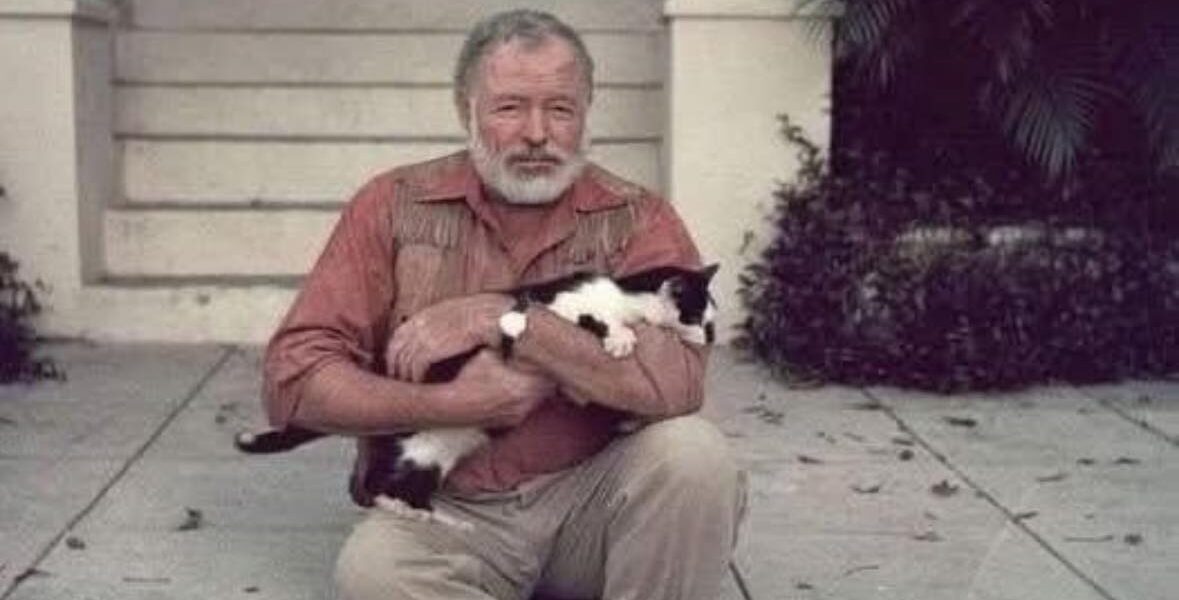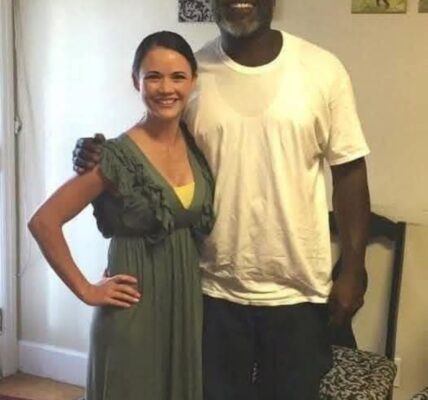
Ernest Hemingway, famed for his lean prose and deep emotional undercurrents, lived a life as intense and unfiltered as his writing. But behind the rugged image of the hard-drinking, war-wounded literary giant was a gentler side—one that purred.
It all began in the 1930s, when Hemingway was living in Key West, Florida, in a grand Spanish colonial-style home perched just a few blocks from the sea. One day, a ship’s captain—knowing of Hemingway’s fondness for the unusual—gifted him a kitten unlike any other. This kitten, a white polydactyl with six toes on each front paw, was named Snow. With a gait like a boxer’s glove and an attitude to match, Snow became Hemingway’s first feline companion and, unknowingly, the patriarch of a very peculiar dynasty.
Hemingway was smitten. He admired cats for their independence, their mystery, their quiet confidence. They mirrored something essential in his own soul. As he once wrote, “A cat has absolute emotional honesty: humans may hide their feelings, but a cat does not.” Snow wasn’t just a pet; he was a presence—calm when Hemingway needed peace, amused when he needed distraction, and aloof enough to be admired without interruption.
Over time, Snow’s descendants multiplied. The house became a quiet sanctuary not just for writing, but for roaming tails and tapping paws. Today, nearly a century later, around 60 cats still live at the Hemingway House, many of them polydactyl, their genetics passed down from that one sailor’s gift. They are fed, groomed, and protected—not only by a devoted team of caretakers but by the deep reverence with which the public still holds Hemingway’s memory.
In a whimsical twist of tradition, all the cats at the Hemingway House are named after famous people. There’s a Mark Twain (Hemingway’s literary idol and fellow cat lover), a Marilyn Monroe, a Winston Churchill, and even an Audrey Hepburn. Each name reflects a spark of character, a nod to greatness. Hemingway, after all, was a man who understood the weight of names—how they carry meaning, memory, and myth.
Visitors from around the world come to the house, drawn by the writer’s legend—but often leave enchanted by the felines. They lounge on sunlit windowsills, nap beneath banana trees, and follow guests like little literary ghosts. They are living echoes, silent sentinels of a man who, despite his toughness, made room in his world for soft fur and gentle purrs.
Mark Twain once joked that when he couldn’t bring his own cats on trips, he would rent cats in whatever town he visited. Hemingway, in his own way, never had to. He built a home that welcomed them, that celebrated them, that let them roam in peace. And in return, they’ve stayed long after his death, as if guarding not just his home, but the vulnerable pieces of his spirit he left behind.
To walk through the Hemingway House today is to step into a kind of living time capsule—a place where stories still curl up in sunbeams, and six-toed paws pad quietly through history.



